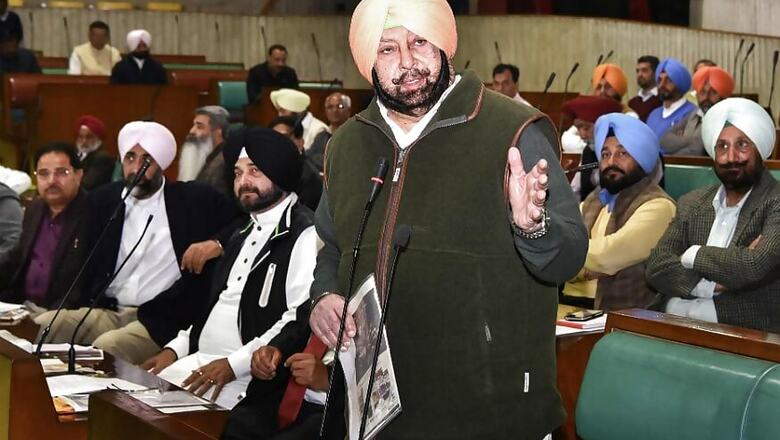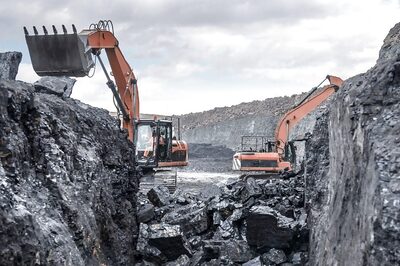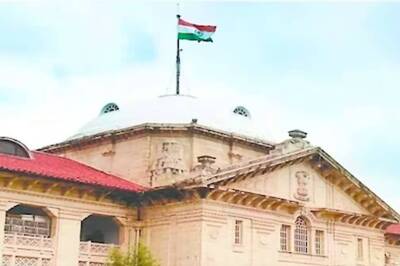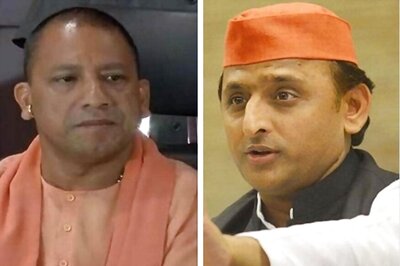
views
New Delhi: Punjab Chief Minister Amarinder Singh on Thursday urged the central government to take up canalisation of the state's three eastern rivers of the Indus water system as a national project, to enable conservation of water and enhancement of the region's economic growth.
Canalisation of rivers and development of riverfront areas, he said, will expand activities leading to widening of Punjab economy's base, diversifying economic activities and sources of livelihood for the state's rapidly growing younger generation.
In his proposal presented to Prime Minister Narendra Modi during a meeting with him, the chief minister suggested construction of high speed economic corridors on over 945 km-long river embankments, flood protection measures and lining of internal side-slopes of the Sutlej, Ravi and Beas.
Amarinder also underlined the need to harness the river water which was currently flowing into Pakistan during the monsoon.
The move, he said, would help the state enhance its 'Jal Shakti' (water power) to encourage diversification of agriculture, promote quality urbanization and speed up industrialization.
Complimenting the Prime Minister on his initiative to provide drinking water to each household in the country, through the creation of the new Jal Shakti ministry, and inception of Jal (water), Jeevan (life), Mission and the 'Nal se Jal' (tap water) scheme, Singh said his government also stands committed to the cause of providing drinking water to its citizens under the initiative 'Har Ghar Pani - Har Ghar Safai' (water and sanitation for every household).
The Chief Minister expressed concern over the state's reduction in Jal Shakti at the time of India's partition and during reorganization of Punjab in 1966, and pointed out that the three perennial rivers of Sutlej, Ravi and Beas irrigate only about 27 per cent of the state's cultivated area, leading to over-exploitation of the ground water.
It is apprehended, he said, seven districts of the state will transform into a desert in the near future with sure signs of poverty revisiting these areas.
Underlining the need to increase water productivity through augmentation and strengthening of water management, control and regulation infrastructure, Amarinder Singh suggested launch of the canalisation project with the Sutlej river, which would require an investment of about Rs 4000 crore ($0.7 billion) over a period of 3 to 5 years.
The task may begin with a feasibility study that may be assigned to techno-economic experts of international repute, he suggested.
The Chief Minister assured that the state would extend its full cooperation to get the proposal realised in terms of sending a team of officers from the Punjab government to engage and discuss the same with the officials of the Union Ministry of Jal Shakti.
He also called for harnessing the river water which was currently flowing into Pakistan during the monsoon. Pointing out that the three rivers as of now have kutcha (earthen) embankments, measuring 945.24 kms; (Sutlej 484.12 kms, Ravi 245.28 kms and Beas 215.84 kms), covering almost over 60 per cent of the state's area.
He observed that one-third of the state's population living in riverfront areas was also suffering due to the flooding that occurs during the monsoon period.




















Comments
0 comment